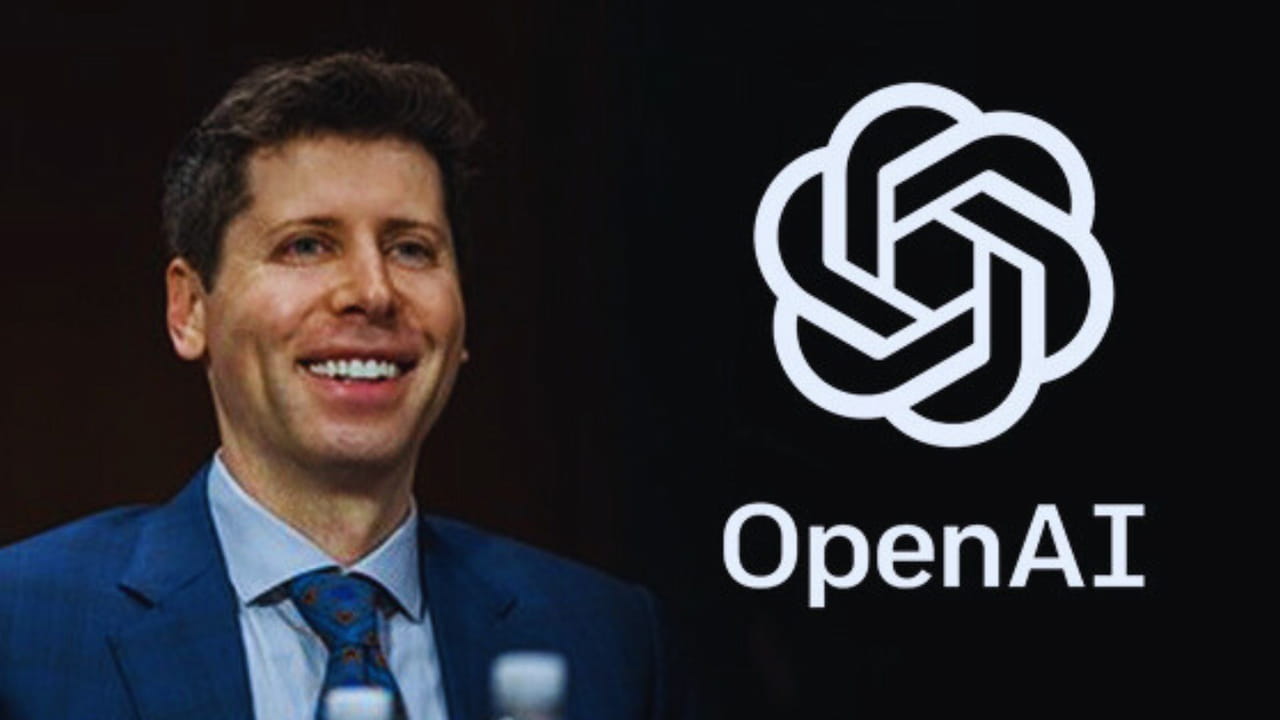Breaking: OpenAI’s Orion AI Model Could Be 100x More Powerful Than GPT-4
OpenAI is reportedly preparing to unveil its most powerful AI model yet, a groundbreaking development that’s making waves in the tech world. We expect this revolutionary system, codenamed “Orion,” to launch this December, marking a significant milestone in the advancement of artificial intelligence.
According to The Verge’s recent report, this next-generation AI model isn’t just another incremental improvement—it’s reportedly 100 times more powerful than its predecessor, GPT-4. However, OpenAI is taking an unusual approach to its release, suggesting a mature and measured strategy for deploying such powerful technology.
A New Chapter in AI Deployment
Unlike previous releases, OpenAI is breaking from tradition. Rather than making Orion immediately available through ChatGPT, the company plans to roll out the technology gradually. OpenAI expects Microsoft, its primary partner, to gain early access as early as November, hosting the model on the Azure cloud platform.
This strategic shift reflects a more careful approach to AI deployment. OpenAI can ensure responsible and effective implementation of Orion across various industries before a wider release by first releasing it to trusted partners.
Behind the Scenes
Intrigue has surrounded the development of Orion. Sam Altman, OpenAI’s CEO, recently dropped a subtle hint about the project on X (formerly Twitter), mentioning his excitement about “winter constellations rising soon”—a c clever nod to the model’s codename.
Training for this powerhouse AI has been equally fascinating. The company reportedly used its “Strawberry” model (also known as o1) to generate synthetic training data, showcasing innovative approaches to AI development.
Financial backing and future vision
The timing of Orion’s release is particularly significant given OpenAI’s recent $6.6 billion funding round, which valued the company at an astounding $157 billion. This massive investment demonstrates the tech world’s confidence in OpenAI’s vision and capabilities.
However, it’s worth noting that when reached for comment, an OpenAI spokesperson told TechCrunch that The Verge’s report wasn’t accurate, though they didn’t provide further details. This adds an element of mystery to the upcoming release.
Industry Impact and Future Possibilities
The potential impact of Orion extends far beyond just technological advancement. OpenAI’s long-term vision includes combining various large language models to work toward artificial general intelligence (AGI). Orion could represent a significant step toward this ambitious goal.
For businesses and developers eagerly awaiting access, the gradual rollout strategy means they’ll need to be patient. However, this measured approach could ensure more stable and reliable implementation across different applications and industries.
What’s Next?
While excitement builds around Orion’s capabilities, several questions remain:
- Will the model officially be named GPT-5?
- How will we choose the early access partners?
- What new capabilities will set Orion apart from current AI models?
As December approaches, the tech world watches with anticipation. Whether Orion lives up to its reported capabilities or takes a different form entirely, one thing is clear: OpenAI continues to push the boundaries of what’s possible in artificial intelligence.
Stay tuned for more updates as this story develops and the winter constellations indeed begin to rise.
Table of Contents
